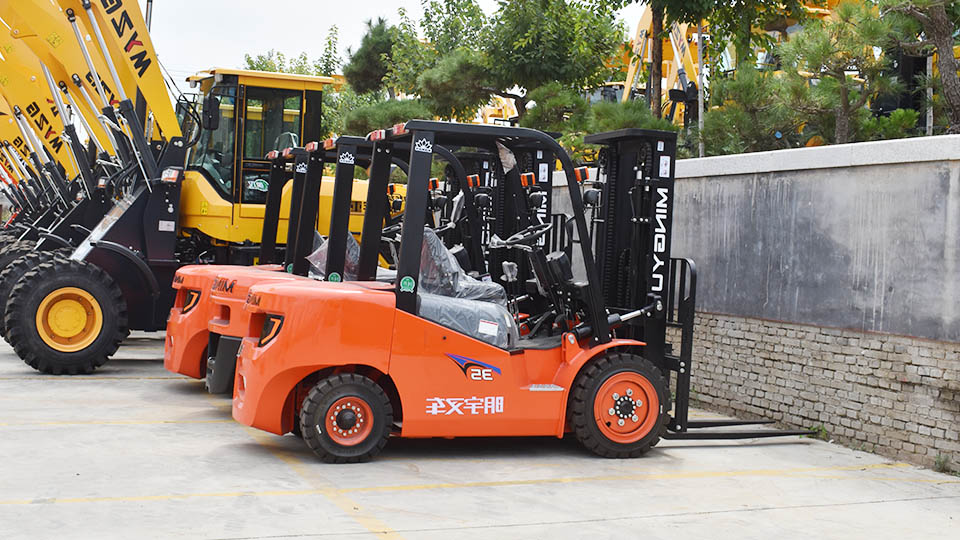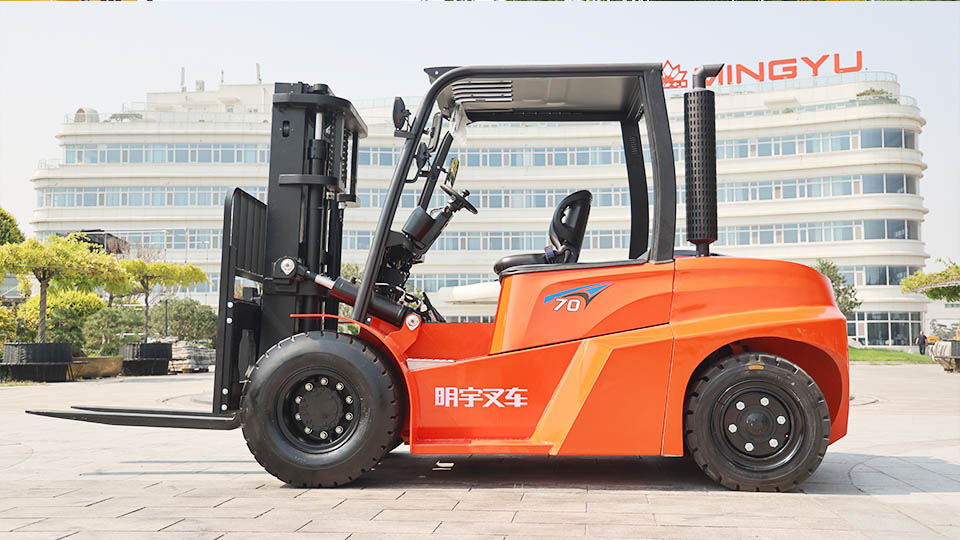
When you escape the Shein factory forklift the scenario immediately conjures a dramatic and potentially dangerous situation far removed from the typical operational context of material handling equipment. The image evokes themes of confinement urgency and a desperate attempt to evade a piece of machinery within an industrial environment. To analyze this hypothetical event from a technical perspective we must consider the inherent characteristics of forklifts their operational parameters and the potential implications of such an escape. While the premise itself is unusual it allows us to explore the safety considerations human factors and the potential for hazardous interactions within a factory setting.
A forklift by its design is a powerful tool intended for lifting and transporting heavy loads efficiently. Its operational environment typically involves navigating warehouse aisles loading docks and other industrial spaces. Key technical aspects of diesel forklifts include its weight which can range from several thousand pounds for smaller models to tens of thousands for heavy-duty versions. This significant mass imparts substantial momentum making sudden stops or changes in direction potentially hazardous. The power source can be electric with large batteries or internal combustion using propane diesel or gasoline each with its own operational characteristics and potential hazards such as fumes or flammable materials.
The control mechanisms of a forklift are designed for precise maneuvering under normal operating conditions. These include steering mechanisms typically rear-wheel steering which can feel counterintuitive to those unfamiliar with it. Acceleration and braking are controlled by pedals and hydraulic levers govern the lifting and tilting of the forks and mast. Operating a forklift safely requires extensive training to understand these controls the machine's limitations and the specific safety protocols of the workplace.
The scenario of escaping a forklift suggests an abnormal and likely unsafe interaction. It implies that the forklift is being operated in a manner that poses a direct threat to an individual necessitating evasive action. Several potential interpretations of this scenario warrant consideration from a technical and safety standpoint.
One possibility is an operator error leading to a near miss or a situation where an individual feels endangered by the forklift's movement. This could occur due to factors such as excessive speed unsafe maneuvering blind spots within the operating environment or a lack of awareness on the part of either the operator or the person needing to escape. Technically forklifts have inherent blind spots particularly to the rear and around large loads. Operators are trained to mitigate these risks through careful observation the use of mirrors and audible signals. However human error can still occur leading to hazardous situations.
Another interpretation could involve a malfunction of the forklift itself. A sudden acceleration due to a faulty throttle mechanism or a failure of the braking system could potentially lead to a situation where the operator loses control and an individual needs to escape the path of the uncontrolled machine. Regular maintenance and pre-shift inspections are crucial to identify and rectify such mechanical issues before they lead to dangerous incidents. Forklift braking systems are typically robust often involving multiple braking mechanisms including service brakes and parking brakes but mechanical failures are possible.

The environment of a Shein factory or any large industrial setting presents its own set of challenges. Such facilities often involve a high density of machinery equipment and personnel. Narrow aisles cluttered pathways and the constant movement of goods can create a complex and potentially hazardous environment for both forklift operators and pedestrians. Clear demarcation of pedestrian walkways adherence to speed limits and the strict enforcement of safety protocols are essential to prevent collisions and near misses.
From a human factors perspective the act of escaping a moving forklift would likely involve a rapid and instinctive response. The individual's ability to evade the machine would depend on factors such as their proximity to the forklift its speed their own agility and the presence of obstacles or escape routes in the immediate vicinity. The psychological impact of such an event could also be significant potentially leading to fear anxiety and a loss of trust in the safety of the working environment.
Analyzing the potential for injury in such a scenario highlights the inherent dangers of large moving machinery in close proximity to people. A collision with a forklift even at a relatively low speed can result in serious injuries due to the machine's weight and rigid structure. Crushing injuries impacts and falls are all potential consequences of such an incident. Safety regulations in industrial settings are designed to prevent these types of interactions through measures such as pedestrian exclusion zones warning systems and comprehensive operator training.
The question of "when" someone might need to escape a Shein factory forklift is context-dependent and thankfully not a typical occurrence in a well-managed facility. However understanding the conditions under which such a situation could arise underscores the importance of robust safety protocols. These protocols should include:
Comprehensive Operator Training: Ensuring that all forklift operators are thoroughly trained and certified in safe operating procedures emergency maneuvers and hazard awareness.
Strict Traffic Management: Implementing clear traffic rules within the factory including designated pathways speed limits and right-of-way protocols for forklifts and pedestrians.
Effective Communication: Establishing clear communication signals and protocols between forklift operators and other personnel.
Regular Equipment Maintenance: Ensuring that all forklifts are regularly inspected and maintained to prevent mechanical failures.
Hazard Identification and Risk Assessment: Proactively identifying potential hazards related to forklift operation and implementing measures to mitigate these risks.
Emergency Procedures: Having well-defined emergency procedures in place to address incidents involving forklifts including near misses and collisions.
In a hypothetical scenario where an escape is necessary the immediate priority would be to move out of the forklift's path of travel as quickly and safely as possible. This might involve stepping to the side moving behind a sturdy obstacle or signaling to the operator if possible. The specific actions would depend on the immediate circumstances.
From a technical standpoint preventing the need for such escapes should be the primary focus. This involves a combination of safe machine operation a well-designed and managed working environment and a strong safety culture where the well-being of all personnel is paramount. The weight power and operational characteristics of forklifts necessitate a high degree of caution and adherence to safety regulations in any industrial setting.

While the image of escaping a Shein factory forklift is a stark one it serves as a powerful reminder of the potential hazards associated with industrial machinery. By understanding the technical aspects of forklift operation the importance of safety protocols and the human factors involved we can work towards creating safer working environments where such dramatic scenarios are highly improbable. The focus should always be on prevention through training awareness and a commitment to safety at all levels of operation.
Name: selena
Mobile:+86-13176910558
Tel:+86-0535-2090977
Whatsapp:8613181602336
Email:vip@mingyuforklift.com
Add:Xiaqiu Town, Laizhou, Yantai City, Shandong Province, China